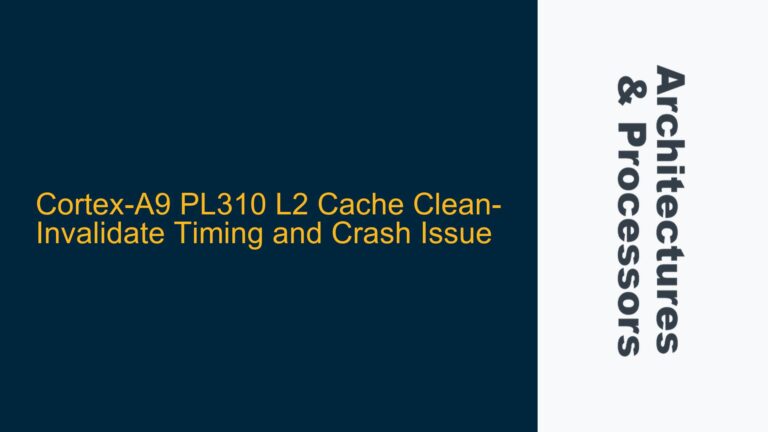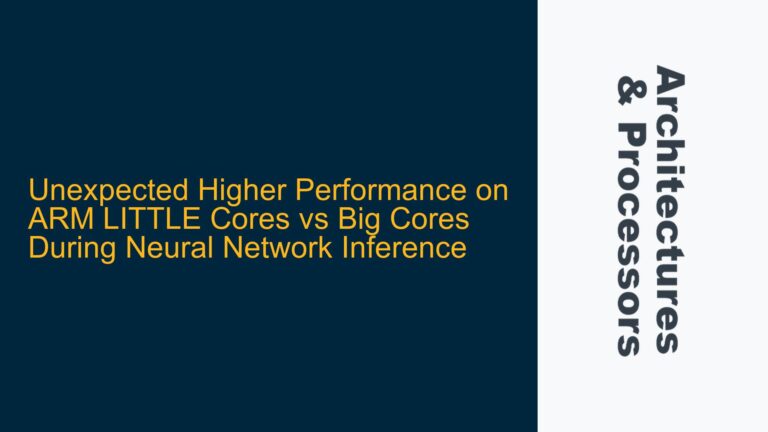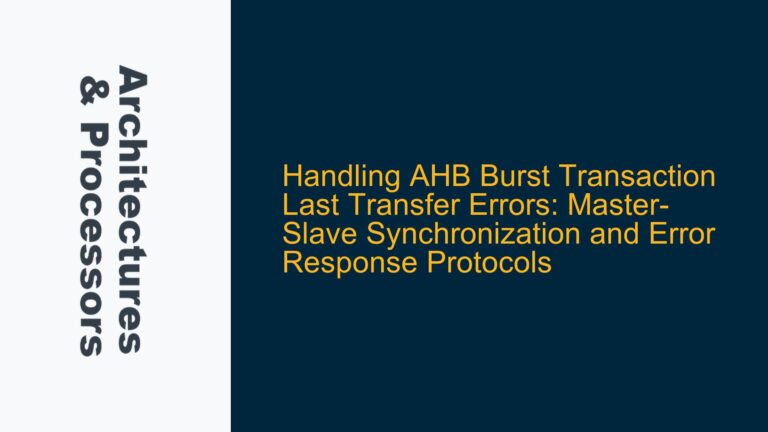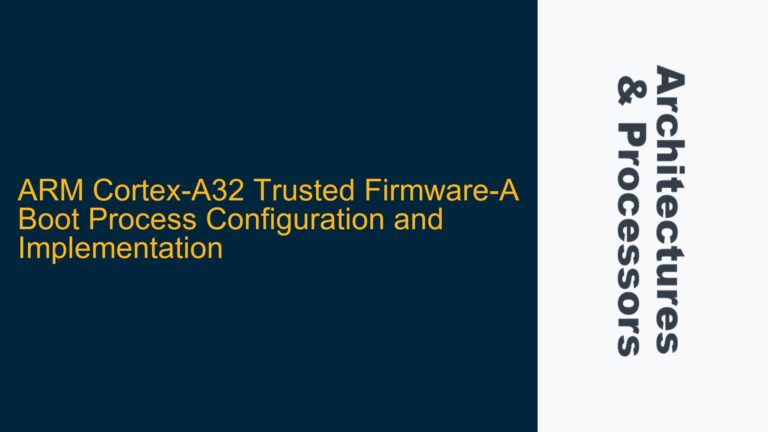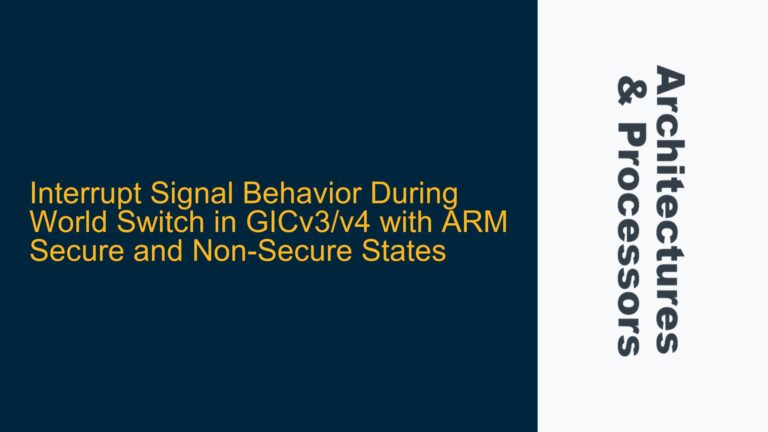AtomicCompare Transaction with AWLEN > 0 and INCR Burst Type
The AXI5 protocol introduces AtomicCompare transactions, which are used for atomic compare-and-swap operations. These transactions are particularly complex when combined with multi-beat transfers (AWLEN > 0) and an INCR burst type. The primary challenge lies in determining the correct alignment and sequencing of the WDATA signals, especially when the transaction involves multiple beats. The AWLEN field specifies the number of beats in the transaction, and the AWBURST field defines the burst type (INCR in this case). The AWATOP field indicates that the transaction is an AtomicCompare operation. The AWSIZE field specifies the size of each beat, which is 4 bytes in this scenario. The AWADDR field is set to 0x00, indicating the starting address of the transaction.
The confusion arises from the interpretation of the WDATA signal in the context of multi-beat AtomicCompare transactions. The WDATA signal must carry both the compare data (C) and the swap data (S) for each beat. The compare data is used to compare against the current value at the target address, and the swap data is used to replace the current value if the comparison is successful. The challenge is to determine the correct sequence and alignment of the compare and swap data within the WDATA signal for each beat.
Misalignment of Compare and Swap Data in Multi-Beat Transactions
One of the primary causes of confusion in this scenario is the potential misalignment of the compare and swap data within the WDATA signal. In a multi-beat transaction, the WDATA signal must carry both the compare and swap data for each beat. However, the AXI5 specification does not explicitly define the exact sequence and alignment of these data elements within the WDATA signal. This ambiguity can lead to different interpretations, as seen in the two cases presented.
In Case 1, the WDATA signal alternates between compare data (CCCC) and swap data (SSSS) for each beat. This interpretation assumes that the compare and swap data are interleaved within the WDATA signal. In Case 2, the WDATA signal carries compare data (CCCC) for the first two beats and swap data (SSSS) for the last two beats. This interpretation assumes that the compare data is transmitted first, followed by the swap data.
The misalignment of compare and swap data can lead to incorrect behavior in the AtomicCompare transaction. If the compare and swap data are not correctly aligned, the transaction may fail to perform the intended compare-and-swap operation, leading to incorrect results. This misalignment can also cause issues with the AXI5 protocol compliance, as the transaction may not adhere to the expected behavior defined in the specification.
Correct WDATA Alignment and Sequence for AtomicCompare Transactions
To resolve the issue of WDATA alignment and sequence in multi-beat AtomicCompare transactions, it is essential to follow a systematic approach. The first step is to carefully review the AXI5 specification to understand the intended behavior of the AtomicCompare transaction. The specification provides guidelines on the use of the AWATOP field and the expected behavior of the WDATA signal. However, the specification does not explicitly define the exact sequence and alignment of the compare and swap data within the WDATA signal.
Based on the AXI5 specification and practical experience, the correct approach is to align the compare and swap data within the WDATA signal in a way that ensures the correct operation of the AtomicCompare transaction. The compare data should be transmitted first, followed by the swap data. This approach ensures that the compare operation is performed before the swap operation, which is the intended behavior of the AtomicCompare transaction.
In the given scenario, the correct WDATA alignment and sequence would be as follows:
WDATA[0] = CCCC
WDATA[1] = CCCC
WDATA[2] = SSSS
WDATA[3] = SSSS
This alignment ensures that the compare data is transmitted first, followed by the swap data. The compare data is used to compare against the current value at the target address, and the swap data is used to replace the current value if the comparison is successful. This approach adheres to the expected behavior of the AtomicCompare transaction and ensures compliance with the AXI5 protocol.
To further clarify the correct WDATA alignment and sequence, the following table provides a detailed breakdown of the WDATA signal for each beat in the transaction:
| Beat | WDATA | Description |
|---|---|---|
| 0 | CCCC | Compare data for beat 0 |
| 1 | CCCC | Compare data for beat 1 |
| 2 | SSSS | Swap data for beat 2 |
| 3 | SSSS | Swap data for beat 3 |
This table clearly shows the correct alignment and sequence of the compare and swap data within the WDATA signal for each beat in the transaction. By following this approach, the AtomicCompare transaction will perform the intended compare-and-swap operation correctly and adhere to the AXI5 protocol.
In conclusion, the correct alignment and sequence of the WDATA signal in multi-beat AtomicCompare transactions is crucial for ensuring the correct operation of the transaction and compliance with the AXI5 protocol. By transmitting the compare data first, followed by the swap data, the transaction will perform the intended compare-and-swap operation correctly. This approach resolves the ambiguity in the AXI5 specification and provides a clear guideline for implementing AtomicCompare transactions in AXI5-based systems.

